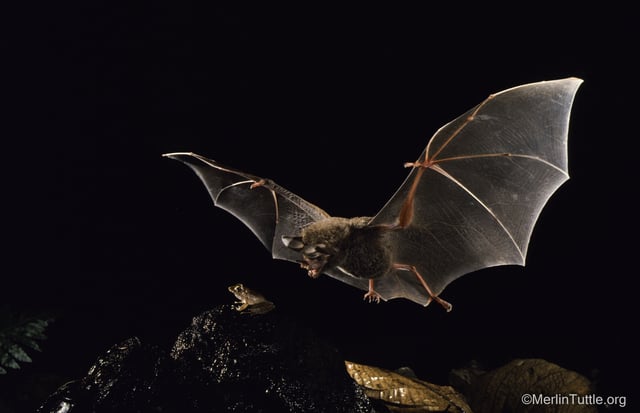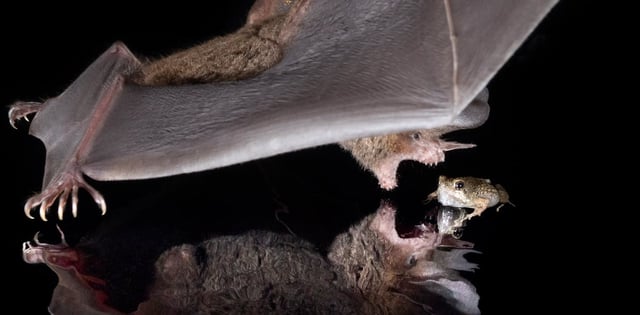Overview
- Fringe-lipped bats use frog and toad mating calls to detect and assess prey, with adults showing immediate discrimination between palatable and toxic species.
- Juvenile bats initially rely on prey size cues but learn through experience to avoid toxic or unmanageable prey over time.
- The study, published on April 29, 2025, in the *Proceedings of the Royal Society B*, highlights the role of developmental learning in predatory behavior.
- Researchers conducted controlled playback experiments using calls from 15 amphibian species, revealing distinct differences between adult and juvenile responses.
- Findings suggest that learning-based eavesdropping behaviors may extend to other predators, influencing broader predator-prey dynamics and sensory ecology.


